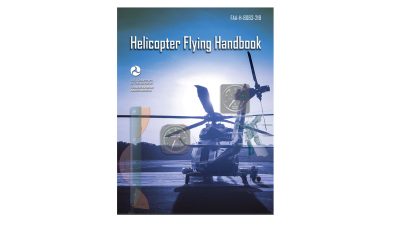WASHINGTON, D.C. — The Federal Aviation Administration (FAA) has announced significant updates to its BasicMed program, expanding the scope for pilots who fly under this regulation. Effective immediately, pilots can now operate larger aircraft and carry more passengers, broadening the appeal and utility of the BasicMed initiative.
Introduced in 2017, BasicMed allows eligible pilots to fly without holding an FAA medical certificate, provided they meet specific health and training requirements. This program has been particularly beneficial for pilots seeking an alternative to the traditional medical certification process, offering a more accessible pathway for maintaining flying privileges.
The recent changes were driven by the FAA Reauthorization Act of 2024, which directed the agency to make several enhancements to BasicMed:
- Increased Passenger Capacity: The number of allowable passengers has increased from five to six, meaning pilots can now carry up to six passengers, with a total of seven occupants onboard.
- Higher Maximum Takeoff Weight: The maximum allowable aircraft takeoff weight has doubled, rising from 6,000 pounds to 12,500 pounds. This expansion excludes transport category helicopters but opens up opportunities for pilots to operate a broader range of general aviation aircraft.
- Expanded Flight Check Capabilities: Pilot examiners are now permitted to conduct flight checks in aircraft covered by the BasicMed rule, further simplifying training and certification processes for BasicMed pilots.
To operate under BasicMed, pilots must fulfill several requirements, including having held a valid medical certificate at some point after July 14, 2006, and ensuring that the most recent certificate was not denied, revoked, or suspended. Additionally, pilots must complete a medical examination by a state-licensed physician, complete an online medical education course, and hold a valid U.S. driver’s license.
While BasicMed provides a streamlined option for many pilots, there are still some limitations. Pilots operating under BasicMed cannot fly for compensation or hire and are restricted to flying below 18,000 feet altitude, at a speed not exceeding 250 knots.
The FAA’s expansion of BasicMed aims to provide greater flexibility for pilots, particularly those involved in general aviation activities such as recreational flying, community events, or personal travel. By increasing the weight limit and passenger capacity, the FAA is enhancing the utility of BasicMed, making it more practical for pilots to use larger, more capable aircraft for a wider range of missions.
This update reflects the FAA’s commitment to maintaining safety while also recognizing the evolving needs of the general aviation community. For more information on the updated BasicMed regulations, visit the FAA’s official announcement.




